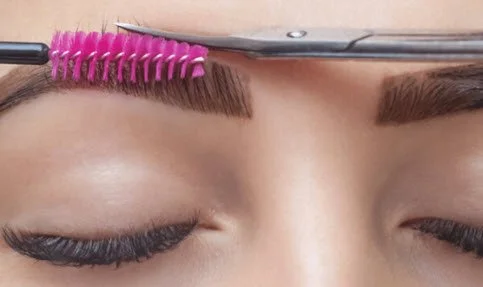Concealer Beauty Routine – How to Apply & Choose the Right Concealer
Concealer is a must-have beauty product designed to mask imperfections such as dark circles, blemishes, hyperpigmentation, and other skin concerns. Unlike foundation, concealer is thicker and more pigmented, offering targeted coverage for specific areas. It plays a crucial role in achieving a smooth, radiant complexion by camouflaging uneven skin tones and enhancing facial features.
🎯 How to Apply Concealer for a Flawless Finish
The correct application technique ensures long-lasting coverage and a natural look. Follow these steps for the best results:
Prep Your Skin – Begin with a gentle cleanser to remove impurities and create a smooth base for makeup.
Hydrate & Protect – Apply a moisturizer with SPF 30 to keep your skin nourished and shielded from UV damage.
Apply Foundation – Use a lightweight foundation that matches your skin tone to create an even complexion.
Use Concealer Strategically – Apply concealer to blemishes, dark circles, and areas needing extra coverage. Blend seamlessly for a natural finish.
Set with Powder – Lock in your concealer with a translucent setting powder to prevent creasing and ensure all-day wear.
🧴 Choosing the Right Concealer for Your Skin Type
Selecting the right concealer depends on your skin type and coverage needs:
Dry Skin – Opt for a hydrating liquid concealer with medium to full coverage to prevent flakiness.
Oily & Combination Skin – A cream concealer with high coverage helps control shine and provides a matte finish.
Normal & Sensitive Skin – Stick concealers offer buildable coverage without drying out the skin.
🪄 Types of Concealers & Their Benefits
Different concealers serve unique purposes. Here’s a breakdown of the most popular options:
Liquid Concealers – Versatile, easy to blend, and ideal for light to medium coverage.
Cream Concealers – Provide heavier coverage, perfect for stubborn imperfections.
Stick Concealers – Convenient for on-the-go touch-ups, offering buildable coverage.
Color-Correcting Concealers – Designed to neutralize specific skin concerns like redness or dark circles.
💡 Pro Tips for Using Concealer Effectively
Under-Eye Brightening – Use a lighter shade to brighten the under-eye area and create a refreshed look.
Spot Concealing – For dark spots or blemishes, choose a concealer that matches your exact skin tone.
Highlighting & Contouring – Apply concealer to the center of the forehead, bridge of the nose, and chin for a sculpted effect.
By following these expert tips, you can achieve a flawless, natural-looking complexion using the right concealer techniques. Whether you're brightening under the eyes, concealing imperfections, or enhancing facial contours, mastering the art of concealer application helps create a polished and radiant look. Keep experimenting with techniques that work best for your skin, and enjoy the confidence of a beautifully blended finish!




















